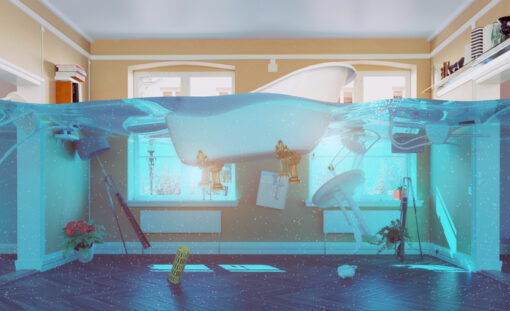One of the most destructive and expensive things that can happen to a home is for it to have a plumbing leak. One of the worst things about leaks is that they are not always obvious. Yes, if you have a leak in your sink and it is dripping onto your kitchen floor, then you will know it. But many times, leaks occur behind the scenes, and the homeowner has no idea it is there until significant damage is done.
Continue reading to learn about leak detection in bathtubs and how you can determine if you have a leak or not. Then contact Preferred Plumbing and Rooter Service at (877) 298-8105 if you need help repairing a leak.
Do You Have a Bathtub Leak?
There is one situation in which it is very obvious you have a bathtub leak: the bathtub is on the second floor, and the ceiling below it has bowed and looks ready to burst. This is an emergency situation because the bathtub could absolutely break through the ceiling and onto the floor below it. However, most issues with leaking bathtubs are far from this obvious.
Determining Leaks in the Tub or in the Plumbing
If you suspect you have a leak, one of the first things to do is to determine if it is in the tub itself or in the plumbing. You can test this by filling up your tub with a few inches of water. Go back to it a few hours later to see if the water has gone down. If it has, then the leak is occurring before the water drains, which means it is likely the drain plug or drain seal on your bathtub. If the water level stays the same, then you likely have a pipe leak.
Signs Your Bathtub is Leaking
If you have a freestanding tub, then you can see some of the plumbing under the tub. Look to see if these pipes are moist. You can also put newspaper under them to see if water is dripping. On the other hand, if you have an alcove tub, the plumbing is generally out of sight. You can then check for signs of moisture and rot in your walls and floors.
Look to see if you notice peeling paint, loose tiles, softwood, damaged plaster, spotting, curling on vinyl flooring, and other similar signs of water damage. If you see any of these, then it is time to contact a plumber right away. You can do so easily by calling Preferred Plumbing and Rooter Service at (877) 298-8105.

